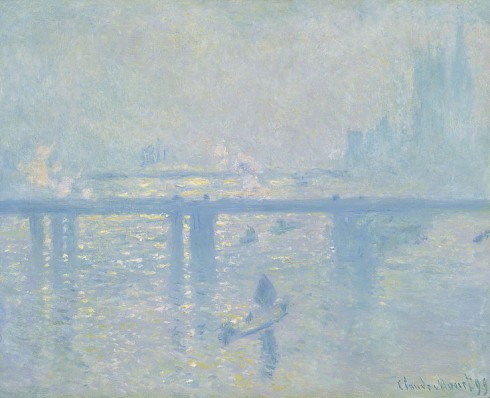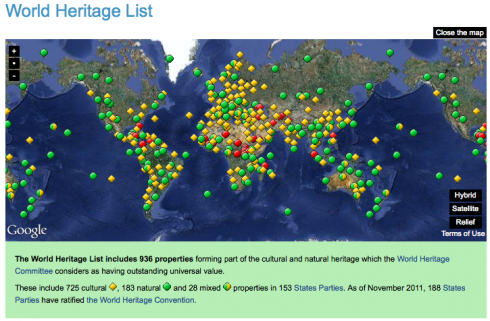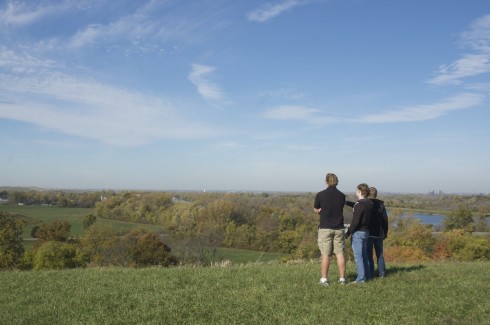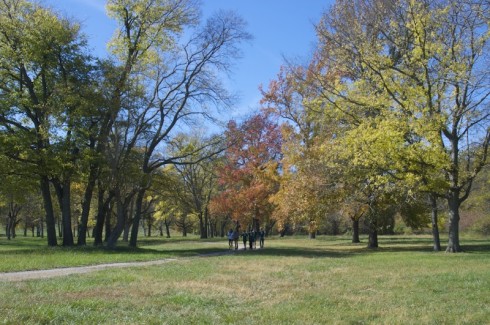Planet Money recounts the story of the seminal document that, in 1979, sparked the transformation of China’s economy into capitalism.
A key thing to note: the document was a contract, which assigned property rights to individuals (families actually) rather than the collective. And even though the contract could not be legally binding in communist China, the signers had to be confident enough that it would be respected — by each other at the least.
The result of the change was a 5 fold increase in the amount of food produced by the farm.
Despite the risks, they decided they had to try this experiment — and to write it down as a formal contract, so everyone would be bound to it. By the light of an oil lamp, Yen Hongchang wrote out the contract.
The farmers agreed to divide up the land among the families. Each family agreed to turn over some of what they grew to the government, and to the collective. And, crucially, the farmers agreed that families that grew enough food would get to keep some for themselves.
The contract also recognized the risks the farmers were taking. If any of the farmers were sent to prison or executed, it said, the others in the group would care for their children until age 18.
— Kestenbaum and Goldstein (2010): The Secret Document That Transformed China on NPR’s All Things Considered.
Based on the quotes from the story, the market vs. socialist simulation game seems to capture much of the farmers’ real motivations.





